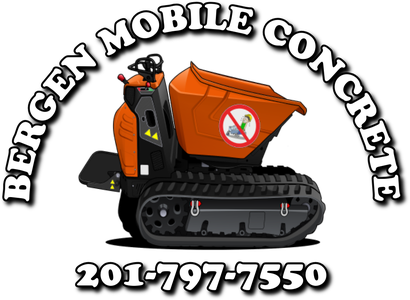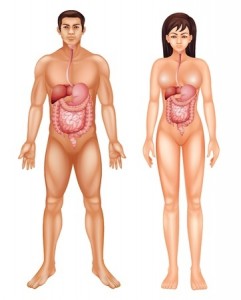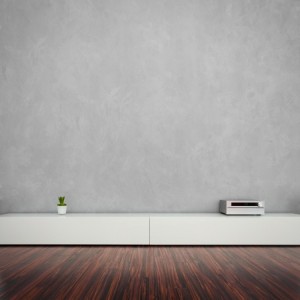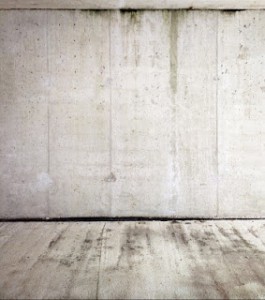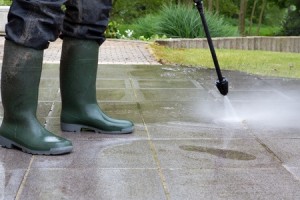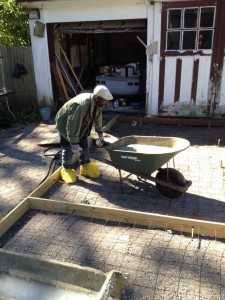 We guess you could say that concrete is like the cockroach of building materials; it’s been used for what seems like forever, and it’s still kicking, and it’ll still be around even after everything else is gone. Concrete is trustworthy, the reliable material that we all come back to. What’s refreshing though is that we’re not using the same methods when it comes to concrete structures; we have evolved, as pointed out in The Independent.
We guess you could say that concrete is like the cockroach of building materials; it’s been used for what seems like forever, and it’s still kicking, and it’ll still be around even after everything else is gone. Concrete is trustworthy, the reliable material that we all come back to. What’s refreshing though is that we’re not using the same methods when it comes to concrete structures; we have evolved, as pointed out in The Independent.
Jay Merrick writes, “In the 21st century, software-generated algorithms and geometry often make the shaping and structuring of concrete as deliberately iconic […] but the aesthetic and atmospheric qualities of concrete architecture are not just about shape-making. It’s about the feel of the material, the light and shadow it creates, its particular sense of lightness, its particular sense of “grunt” – or its lightness and delicacy. Concrete can make asymmetry as graceful as symmetry, or turn volumes of space into engrossing mysteries.”
Wow! That’s quite the ringing endorsement. Sounds more like a religious experience than some architectural structure, but we can agree with that assessment. Concrete is poetry and at Bergen Mobile Concrete, we’re proud to work with this brilliant material. This material has taken civilizations to the skies. This material has solidified our lives in ways never thought possible. Concrete is the backbone from which every city perseveres, the legs on which every city can walk. It is, quite simply, what holds us together and with new technological advancements and a better understanding of the material as a whole, we can only expect concrete to become an even more prominent building block for the future – and that excites us. Doesn’t that excite you too?
We promise you that Bergen Mobile Concrete will evolve the same way that concrete has in order to serve you better!
